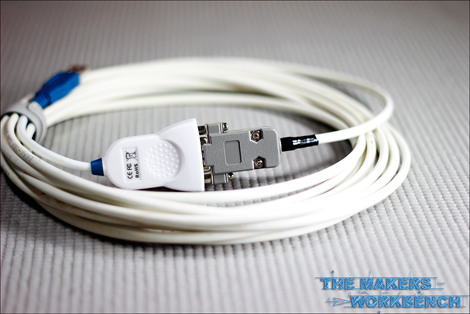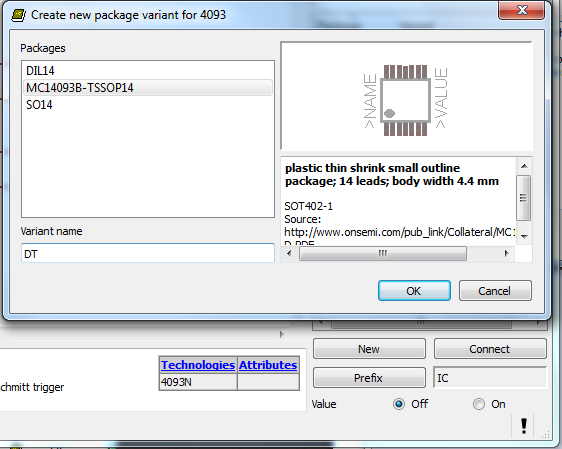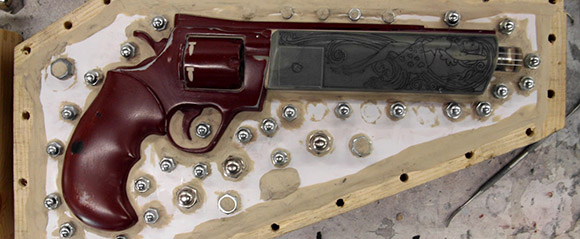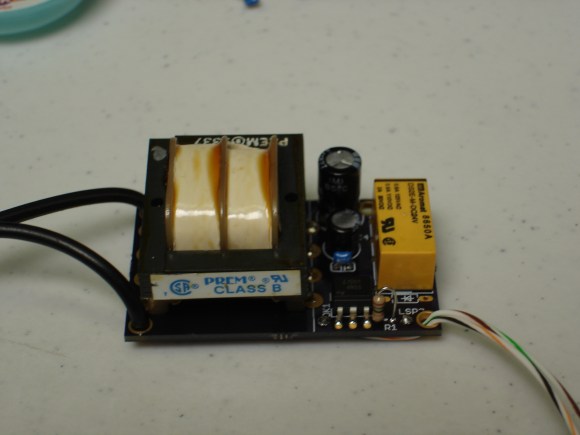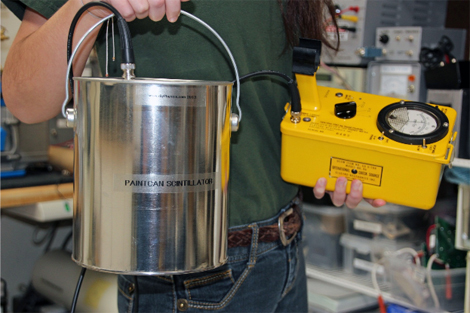
The [Prutchi] family sounds pretty cool. [David], the father, is a well educated engineer, has 70 patents, and has written two books. On his off time, he has a passion for making experimental physics accessible to the average Joe. His daughter [Shanni] is a high school student who co-authored one of those same books, and helps conduct research in the fields of Radio-Astronomy and Quantum Physics. Together, they came up with an affordable, yet very sensitive, gamma-ray scintillation probe for their customized Civil Defense V-700 radiation survey meter. Sweet.
They decided to use parts that were low cost and readily available so others could easily follow in their footsteps. A Philips XP5312/SN photomultiplier tube (PMT) and scintillation plastic are the main components. The enclosure for the probe is a standard paint can, lined with polyurethane foam inserts to help protect the assembly and hold everything in place.

